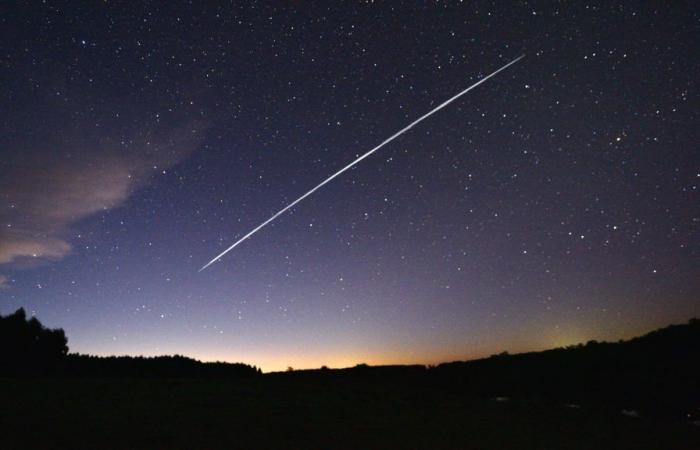A study led by scientists at the University of Southern California warns of a type of air pollution that had not been well considered until now.
Do Starlink and Amazon promote global warming? This is the warning of a group of scientists from the Department of Astronautical Engineering at the University of Southern California. Satellite constellations are the primary cause.
The study indicates that when malfunctioning satellites enter the Earth’s atmosphere to burn up, they release tiny particles of aluminum oxide. They are the ones that damage the Earth’s protective ozone layer. And according to scientists, these oxides increased eight-fold between 2016 and 2022.
Published in the journal Geophysical Research Letters, the study warns that the phenomenon risks getting worse with the meteoric increase in the number of satellites in low Earth orbit.
A press release assures that among the 8,100 satellites in low Earth orbit, 6,000 of them belong to Starlink – the satellite Internet access provider of the company SpaceX, created by Elon Musk.
Launched in recent years, Starlink satellites are to meet the growing demand for global Internet coverage, particularly in the most remote places on earth. Thus, Elon Musk’s company received authorization to launch 12,000 modules. And up to 42,000 in the near future according to Space.com.
Planned obsolescence
Other companies, such as Amazon, are also planning constellations ranging from 3,000 to 13,000 satellites.
The study recalls that internet satellites in low Earth orbit have a lifespan of around five years. Companies must therefore launch replacement satellites, perpetuating a cycle of planned obsolescence and unintentional pollution.
“Only in recent years have people started to think that this could become a problem […] “We were one of the first teams to examine the implications of these facts,” Joseph Wang, an aerospace researcher at the University of Southern California and co-author of the study, said in the release.
Aluminum oxides trigger chemical reactions that destroy stratospheric ozone, protecting the Earth from harmful UV rays. They cause “destructive reactions between ozone and chlorine”, with the consequence of “depleting the ozone layer”.
The study’s press release also deplores the little attention paid to pollutants linked to satellites. Previous studies focus more on fuel release from cars, for example.






